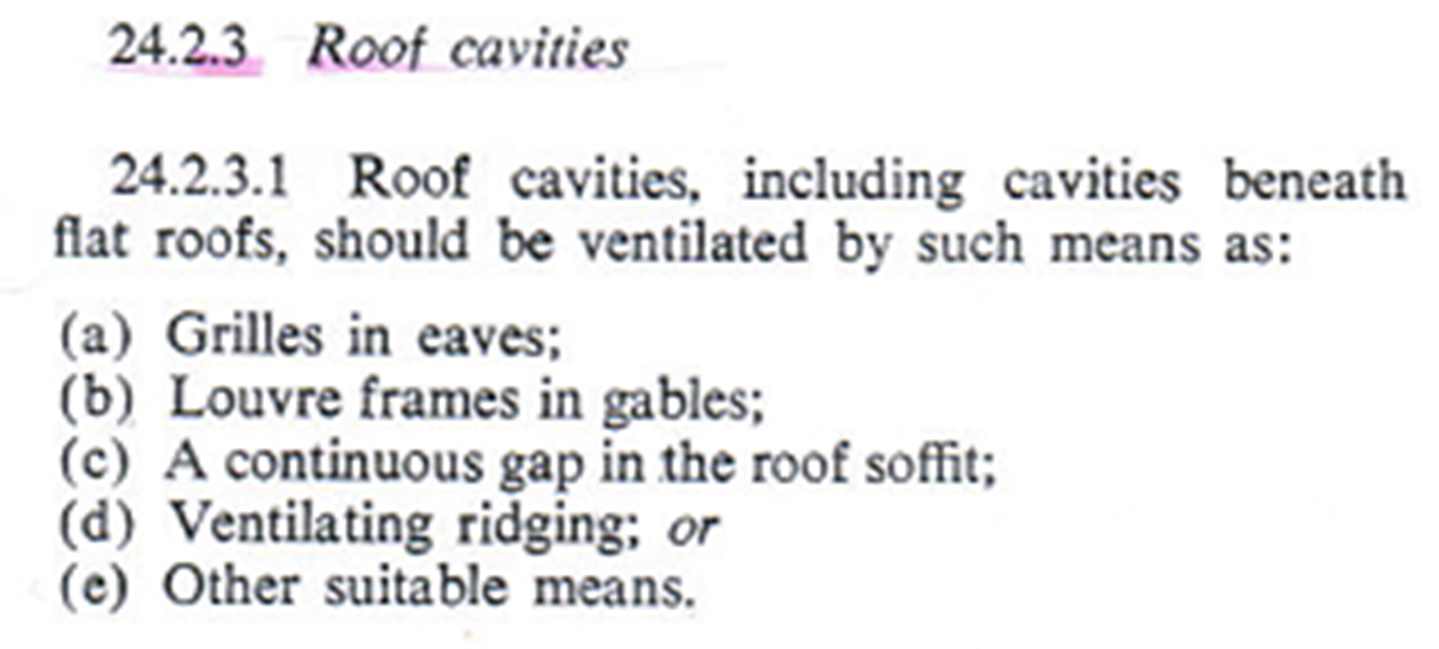Building Airtightness
Changing building techniques and materials — eg, impervious cladding and linings, and aluminium joinery — have led to buildings becoming progressively more airtight. Many of these changes have been led by the desire to increase energy efficiency. Other building changes include unsealed downlights, which can allow ready entry of water vapour into the ceiling space, and the demise of the open fireplace which provided considerable ventilation to the living areas of a home.
Occupant behaviour has also changed. More families shower daily and then leave the house unoccupied and closed-up for much of the day and night. Less activity means a low level of air changes per hour.
These changes can lead to internal moisture problems. As water vapour is lighter than other atmospheric gases, much of the moisture tends to migrate upwards into the ceiling cavity.
- Log in to post comments

